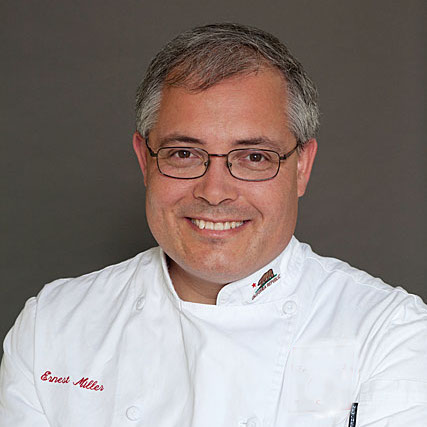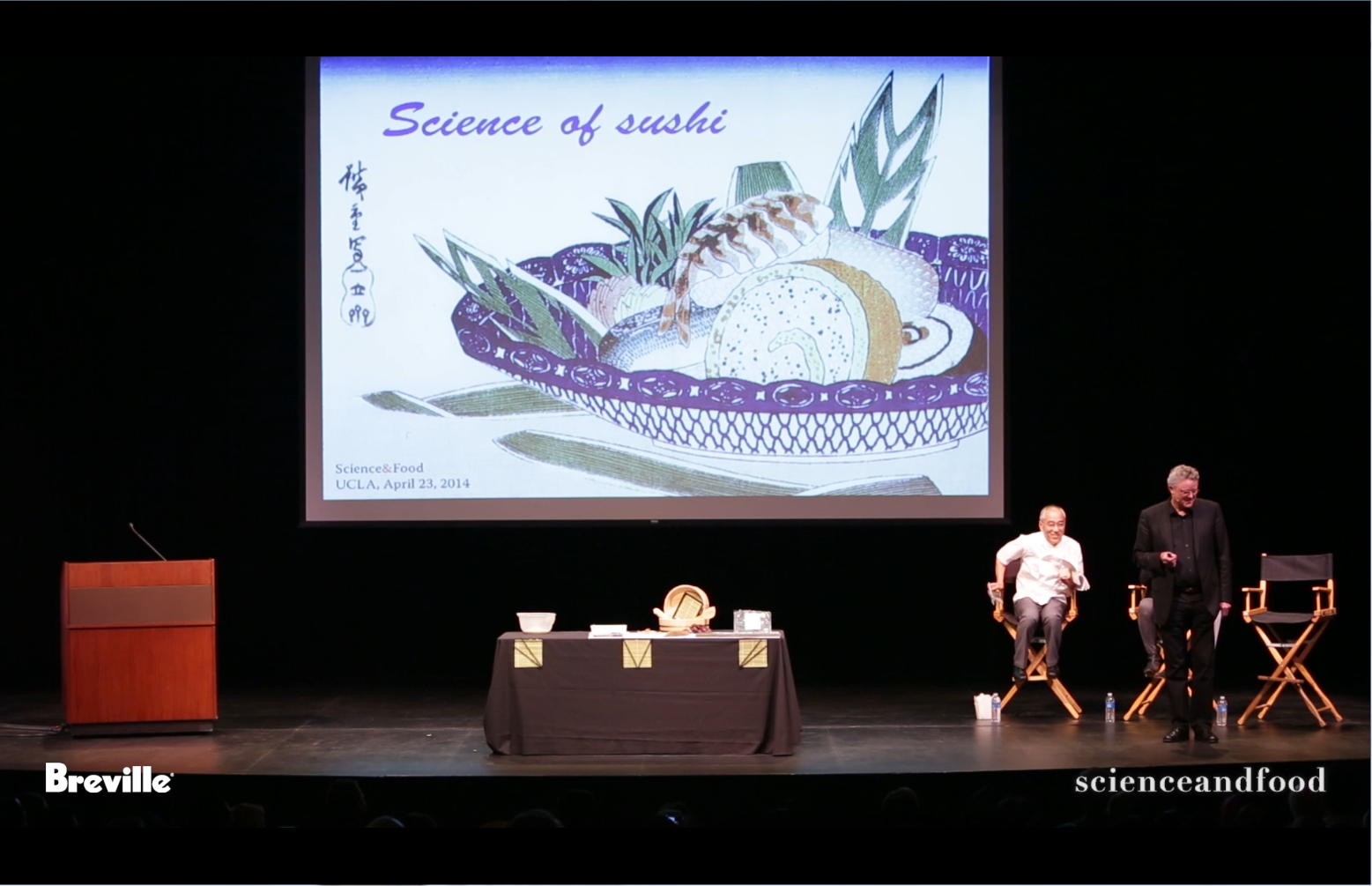Ernest Miller
Ernest Miller, a pro at food preservation, was once the Executive Chef at Farmer’s Kitchen in Hollywood. In 2011, he relaunched the Los Angeles County Master Food Preserver program, where he was the lead instructor. Nowadays, Miller reigns as founder, chef, instructor, and historian of Rancho La Merced Provisions LLC., which provides “food and classes that reflect the rich history of California.”

- What hooked you on cooking?
- I grew up in Los Angeles in the 1970s and my uncle took me, my brothers and cousins out for exotic meals, such as sushi and authentic Chinese food (exotic in the 70s), sparking my interest in different flavors and cuisines. Later, when I was traveling the world with the US Navy I would always explore local foods and then try come home and try to replicate it.
- The coolest example of science in your food?
- Pressure canned food that is boiling in the jar at near room temperature because of the high vacuum in the jar. A simple middle school experiment, certainly, but I still get a kick out of it every time I pressure can food.
- The food you find most fascinating?
- Milk. It is one of the main distinctions between mammals and other animals and is a nearly perfect food for growing infants. Although many adults are lactose intolerant, many others have the most recently evolved ability (unlike most mammals) to digest milk. And beyond the simple beverage, our ability to transform milk’s texture, flavor and form amazes me. Yogurt (and all its permutations), cheeses, whey, ice cream, whipped cream, powdered milk, etc. etc. etc.
- What scientific concept–food related or otherwise–do you find most fascinating?
- Evolution. The incredible diversity of life on our planet is awe inspiring and readily explained by, in broad terms, a relatively simple and elegant process. It boggles the mind. Evolution made many, many very delicious things.
- Your best example of a food that is better because of science?
- Anything pasteurized. Many of us would not be here today without food that has been made safer for human consumption through pasteurization. Does this mean that everything has to be pasteurized? Of course not. But the fact that we are even able to debate whether or not certain foods should be pasteurized is thanks to that saint of food preservation, Louis Pasteur.
- How do you think science will impact your world of food in the next 5 years?
- One of the main goals of the Master Food Preserver program is to teach the general public researched-based safe food preservation practices. My hope is that we will see more scientific research that will increase what we are able to teach to home cooks.
- One kitchen tool you could not live without?
- My 10″ chef’s knife.
- Five things most likely to be found in your fridge?
- Milk. Eggs. Cheese. Homemade Fermented Hot Sauce. Preserved Lemons.
- Your all-time favorite ingredient?
- Preserved lemons. They are incredibly versatile. They can be used in any dish that can be improved by lemon and salt … and there are few dishes that cannot be improved by lemon and salt.
- Favorite cookbook?
- It isn’t a cookbook per se, but The Flavor Bible by Karen Page and Andrew Dorenenburg is my go to book when I want to cook. It provides a compendium of ingredients and what other ingredients they pair well with. There are no recipes, but if you know how to cook, you can use this book to inspire you. I use it to cook out of my pantry. I’ll see what I have available and then look through the Flavor Bible until I am inspired to make a dish.
- Your standard breakfast?
- Leftovers, primarily, but porridge (not just oatmeal) and yogurt are my staples.

